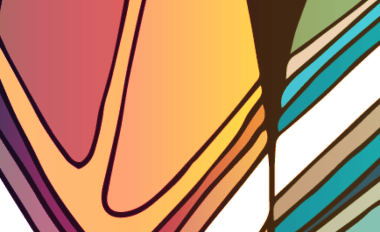Intellectual Property Organisation (WIPO)’s Draft Articles for The Protection of Traditional Knowledge as:
knowledge that is created, maintained, and developed by Indigenous peoples, [and] local communities…and that is linked with, or is an integral part of, the…social identity and/or Cultural Heritage of Indigenous peoples [or] local communities; that is transmitted between or from generation to generation…which subsists in codified, oral or other forms; and which may be dynamic and evolving, and may take the form of know-how, skills, innovations, practices, teachings or learnings.53
The UN Declaration sets out that Indigenous Peoples have the right to maintain, control, protect and develop their traditional knowledge.54
For Aboriginal and Torres Strait Islander People, Traditional Knowledge includes ecological knowledge, medicinal knowledge, environmental management knowledge and cultural and spiritual knowledge. It includes technical knowledge and know-how, agricultural knowledge, and astronomy.
In fact, Traditional Knowledge is constantly being added to as it is passed down from generation to generation. The word ‘Traditional’ refers to the act of passing on through intergenerational knowledge systems. It does not mean that it is old and static. Traditional knowledge continues to be a living Cultural practice.
Traditional knowledge systems are inextricably linked to People and country. Although much Traditional knowledge is passed on through walking Country, talking with Elders, sharing songs, stories and dance, it is also closely linked to cultural objects. Traditional knowledge is also carried in digital records (e.g. e-books, catalogues, datasets etc) giving rise to issues of data sovereignty. So, the tangible/intangible distinction made in western dialogue about Cultural Heritage, is a bit misleading in the context of Aboriginal Cultural Heritage. Nevertheless, the AHA allows for the registration of Aboriginal intangible heritage on the Victorian Aboriginal Cultural Heritage Register. A RAP, registered native title holder, or Traditional Owner group can apply to have intangible heritage recorded on the Register. Once entered onto the Register, that intangible heritage cannot be used for commercial purposes without the registered owners’ consent. It has been said that a significant drawback of this protection is that any knowledge widely known to the public, by definition, cannot be intangible heritage.
A significant aspect of caring for traditional knowledge is to ensure that Victorians commit to the internationally recognised standard of free, prior, informed consent (FPIC) whenever working with Aboriginal Peoples, communities or knowledge. Compliance with FPIC empowers Aboriginal communities to set the terms of use of traditional knowledge by other Victorians.
Discussion question: What are the ways that traditional knowledge can be cared for and shared in culturally safe ways?
- How can intergenerational transmission of cultural practices be facilitated?
- What can be done to care for culture and ensure intergenerational transmission?
- Given that traditional knowledge and cultural objects are inextricable linked, what can museums and archives do to facilitate Aboriginal Peoples’ caring for culture responsibilities?
- What are the key features that you expect to see in an FPIC process?
Updated

